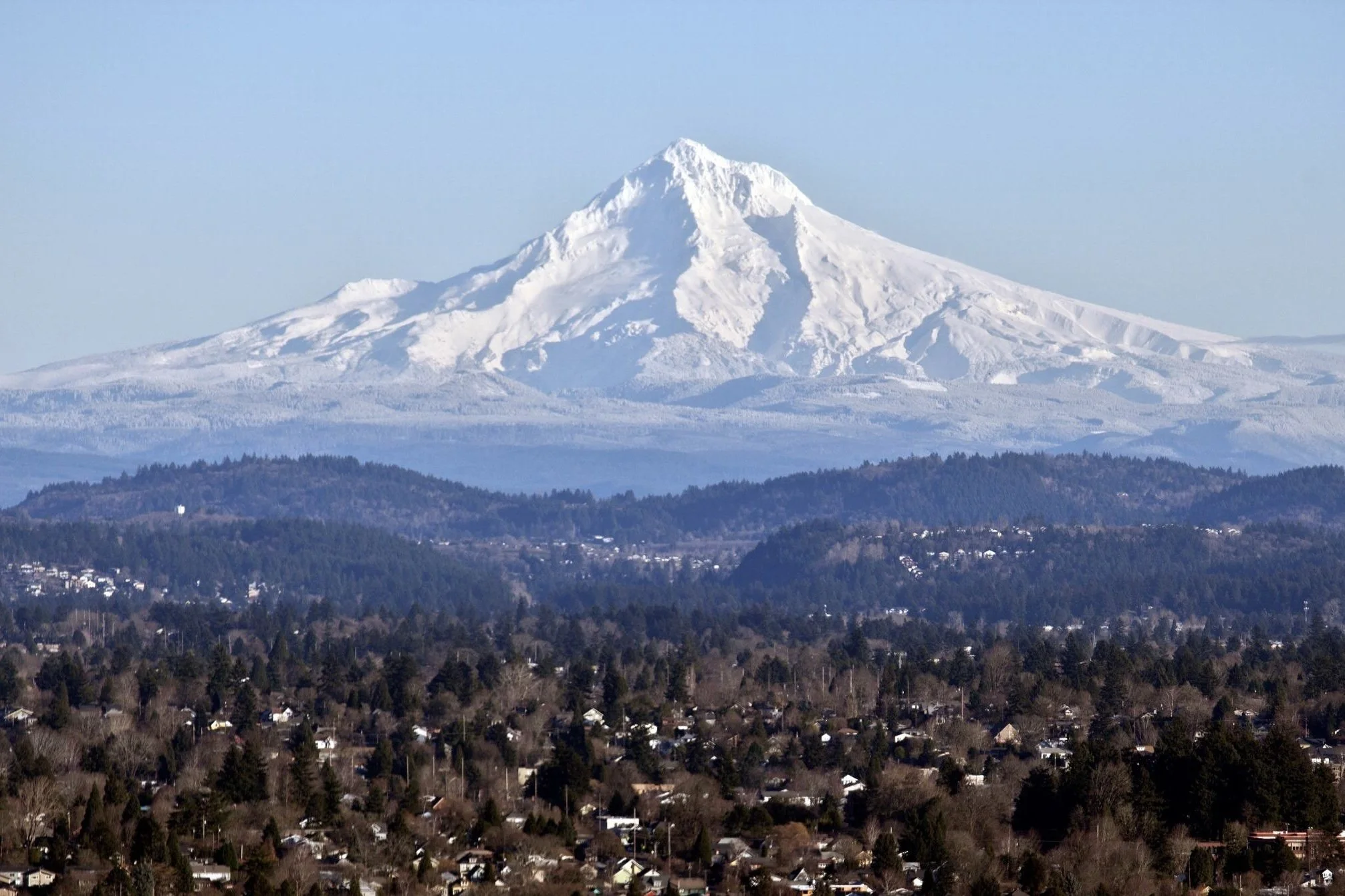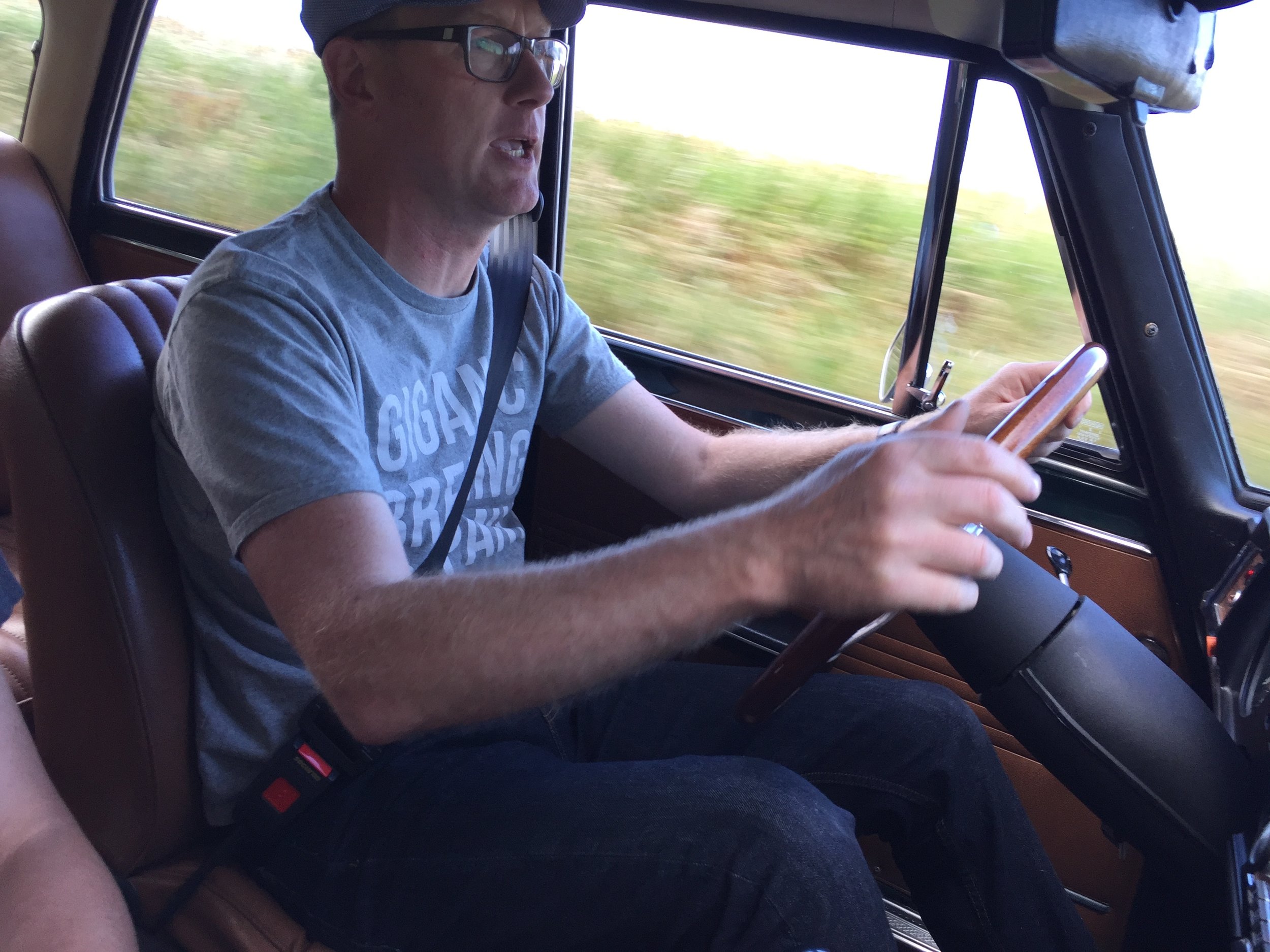As brewers in the United States began developing their own approach to brewing hoppy ales, a few beers became watersheds in advancing the American palate. One of those is certainly Russian River's Pliny the Elder. I spoke with founder and brewer Vinnie Cilurzo about it back in 2012.
Read MoreThe brewer at Kout na Šumavě spoke not a word of English--that I heard. Back in 2014, we visited the brewery and Evan Rail translated what Mr. Hlavsa said. What started to emerge was one of the oddest processes I've encountered for making světlé pivo (what we call pilsner).
Read MoreThe Goschies planted their first crop of hops in the Willamette Valley in 1905. Today, grandaughter Gayle Goschie is one of the state's most visible and eloquent hop growers. Since we have just entered the hop harvest this is a perfect moment to listen to Gayle's words.
Read MoreVan Havig first learned about Alfas when he was a teenager and read a story in Road and Track about the ten best cars under $5,000. “We are known as ‘Alfisti,’” he would later explain of the underground tribe devoted to Alfas.
Read MoreChestnuts are a big deal in Italy; a major crop, they find their way into dozens of recipes. Milled into flour and used something like wheat, they can be made into cakes. And, as Italian craft brewers soon discovered, beer.
Read More"The big difference between spontaneous fermentation and mixed fermentation is with spontaneous you go with wort on wood and we go with young beer."
Read MoreBridgePort came out with IPA in ’96 and people looked at that and basically said, ‘Hmm, nice, niche beer. But hop-led beers will never become dominant because who’s going to drink anything that hop-loaded, you know?’ Fifty BUs? My god, you have to practically choke that down. And now look at it.
Read MoreI'm sure you can spontaneously ferment anything anywhere--it just might not taste very good. Our weather patterns here—if you look on a chart—to Brussels, the Brussels area. With the exception of the really cold winters and in the summer, a couple months hot. March through June and late-October through December, they’re identical weather at that time frame. That’s basically what we had to work with and we rolled the dice.
Read More“Anyway, the women made beer on the stove at the time. It was so strong and sweet and very alcoholic so they kept in a little cask in the cellar. If they wanted some beer, they went down with the jug and tapped off some beer—it was flat. But they didn’t like cold beer. So they had to heat it up: they put the metal poker in the fire and it was glowing red, and when they put it in the thick beer (it didn’t have a name, it was called “thick beer”) with lots of sugars in it and the sugars instantly caramelized. It gave it a roasted, caramelized flavor.”
Read MoreI had brewed a range of pale ales and when we were thinking about starting the brewery I wanted to do something that was not British, that was American, and wanted to feature American ingredients wherever possible and so chose the Cascade hop as about the only signature American aroma hop at the time. I blended a little bit of brewing technology and history from England with my homebrewing and some US ingredients and came up with pale ale.
Read MoreTwo unrelated quotes today from Michael Schnitzler, the Weihenstephan-trained owner of Hausbrauerei Uerige. To go with them, I'll show you two photos, one of Michael, and one of the brewery. It contains, as you will see, one of the more unusual anachronisms still in use in Germany.
A bit of background on the quotes that follow. I interviewed Dan in 2013 and was curious about why the early lagers they brewed when I lived there--the early focus of the brewery--fell into the background. In The Beer Bible, I highlight Staghorn as one of the best examples made in the US, and I wondered why it and other lagers weren't featured more. (I have hope that the "craft lager" trend will help New Glarus find a new generation of drinkers for these beers.)
“It’s a very flocculent yeast and it has a natural tendency to float to the surface of the beer. That can be a mixed blessing during the fermentation, because the yeast is so flocculent it does want to do that at a fairly early stage in fermentation. So the approach taken to encourage it to ferment right to the end is to carry out rousing. The rousing effectively means that we pump from the bottom of the tank up and around this circular [inaudible]--a fishtail/fan arrangement that screws onto the pipe and that throws out a fan of recirculated beer into the top--and that pushes the yeast back down and it keeps the whole thing in a dynamic state.”
Read More“Everybody thinks Belgium when you say beer. In this region, we are not so famous compared to Belgian breweries--but the history is the same.... That’s why I say to my colleagues that they should write ‘bière de garde’ on the label because it’s profitable for everybody. We want to be different from Belgium and we want the people, especially in America, talk about French beer. Bière de garde is something you can say, okay, it’s a French style.
Read More



















